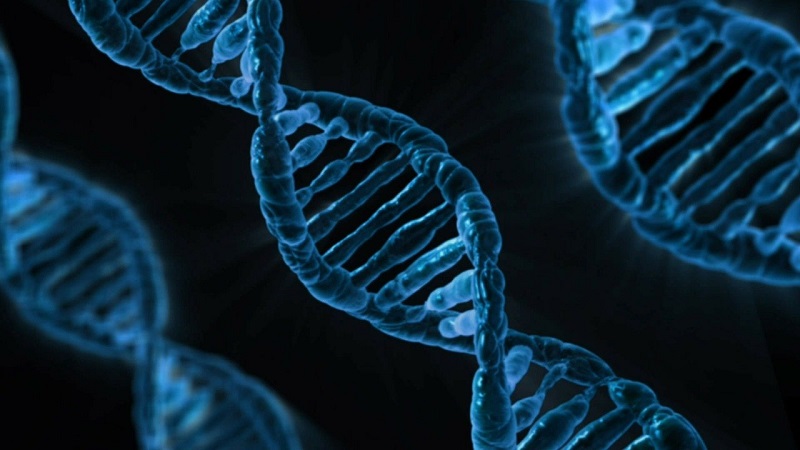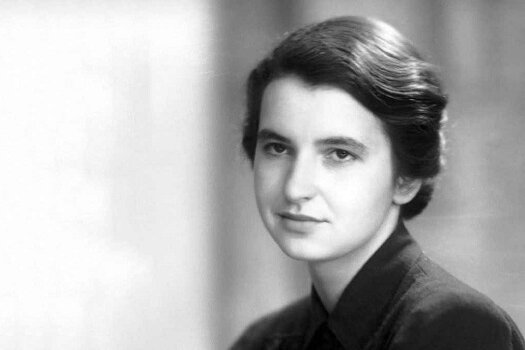Rosalind Franklin
Episode #6 of the course Ten significant women in science by James Wareing
Today we shall learn about Rosalind Franklin and her pioneering work that led to the important scientific breakthrough of the discovery of the structure of DNA. Franklin was born in London in 1920 and from an early age developed a keen interest in science, before going to Cambridge to major in physical chemistry. As we shall discover, her story is one of a talent that was unfortunately marginalized and not given the recognition it deserved in her lifetime.
What Did She Do?
At Cambridge, during World War II, she was given the choice as to whether she wanted to be drafted for war-related work or to direct her Ph.D. towards a topic relevant to the war effort. Unsurprisingly, she chose to continue her scientific work and produced work on the structures of different coals and their relative permeability. Franklin moved to Paris after the war where she learned about x-ray diffraction and its ability to not just give her images of individual crystals by complex structures crystallized within. This work on carbon helped to provide the foundation for carbon fibers, an incredibly light yet strong structure that was to be particularly useful in a variety of constructions.
Having moved back to London, Franklin joined up with the scientist John Randall, with whom she began to look at applying her x-ray techniques to DNA. What Franklin was to discover was to be pivotal to the discovery of the structure of DNA. However, she clashed with her colleague, Maurice Wilkins, which was to have tragic implications for her work. Franklin was, by many accounts, a determined and opinionated woman, willing to challenge others. Wilkins, who was quieter and had assumed Franklin would be his assistant, immediately clashed with Franklin and they worked largely apart from each other.
As a result, her meticulous work was soon to be taken advantage of in the most shameful manner. Wilkins sent a picture of DNA (the infamous photo 51) without her assent to competing scientists, James Watson and Francis Crick. This photo proved to be a vital breakthrough for the pair in their work on discovering the structure of DNA, for which they received the Nobel Prize. Their acknowledgment of Franklin’s photo in their paper was limited to the fact that they were “stimulated by a general knowledge” of Franklin’s work. Scant recognition indeed, for a photo that was not general knowledge, put surreptitiously passed to them. Were these three groups to have been working together, instead of being driven apart by feuds and quest for personal glory, undoubtedly this discovery could have been made earlier.
Legacy and Challenges Faced as a Woman
After her work on DNA, she was forced to leave Cambridge and moved to Birkbeck University in London. Here she moved her attention towards the tobacco mosaic and polioviruses. However, she was diagnosed with ovarian cancer in 1956 and underwent several rounds of treatment. Ever-determined she continued her work until her death in 1958 before her work could be completed though. Four years later Watson, Crick, and Wilkins would receive the Nobel Prize for their work on the discovery of the structure of DNA. Nobel prizes cannot be awarded posthumously, so Franklin could not be recognized in this manner.
However, her legacy lives on today, with increasing recognition of her work and how she was marginalized. As well as laboratories worldwide being named after her, a robotic rover will be sent to Mars in 2022 which bears her name. However, such recognition was not fully granted until at least thirty years after her death.
Tomorrow we shall learn about Katsuko Sauhashi and how she strove to use science for the betterment of society.
Recommended book
Rosalind Franklin: The Dark Lady of DNA by Brenda Maddox
Share with friends


